Maranta Plant Care: An Essential Guide to Growing This Tropical Beauty
Maranta
Native to the rainforests of Central and South America, the Maranta is an exotic plant known for its striking leaves decorated with unique patterns. Discover how to care for it and add a touch of tropical lushness to your home.
___________________________________________________________________________
Maranta Plant Care:
Light:
Maranta prefers bright, indirect light. Place it near an east- or west-facing window to ensure filtered light. Avoid direct sunlight, as this can damage its sensitive leaves.
Water:
Keep your Maranta's soil slightly moist. Water regularly, ensuring good drainage. Avoid waterlogging and allow the top layer of soil to dry before watering again.
Substratum:
Use a substrate rich in organic matter and with good drainage. You can mix potting soil with peat or perlite to improve the substrate's structure.
Temperature:
Maranta prefers warm, tropical temperatures. Keep it between 18°C and 24°C (65°F and 75°F). Avoid prolonged exposure to cold temperatures or cold drafts.
Humidity:
Maranta appreciates humid environments. Increase humidity by placing the plant on a saucer of pebbles and water. You can also use a humidifier or mist the leaves with water to increase humidity.
Toxicity:
Maranta is non-toxic to dogs, cats, or other pets, making it a safe choice for pet lovers.
Additional:
The Maranta moves in a curious way during the day, opening and closing its leaves in response to light and environmental changes.
___________________________________________________________________________
Common problems:
-
Wilted leaves: Maranta leaves may wilt if the substrate is too dry. Make sure to keep the substrate slightly moist, avoiding both overwatering and underwatering.
-
Leaf spots: Leaf spots on Maranta can be caused by direct sun exposure. This plant prefers indirect light or partial shade. Place it in a location with bright light but not direct sun.
-
Yellowing leaves: Yellowing leaves on Maranta can be a sign of overwatering or nutrient deficiency. Make sure to provide adequate watering and use a balanced fertilizer as recommended.
-
Slow growth: If you notice your Maranta growing slowly, it may be due to unfavorable environmental conditions, such as cold temperatures or lack of humidity. Provide a warm, humid environment to promote healthy growth.
-
Cold Sensitivity: Maranta is sensitive to low temperatures and can be damaged if exposed to cold drafts. Keep it away from drafts and place it in a warm location during the cold months.
_________________________________________________________________________
Maranta and Cats: Safety and Benefits
Pet Safety: One of the greatest benefits of the Maranta plant (also known as the Prayer Plant) is that it's completely safe for cats and other pets. Unlike many houseplants that can be toxic, the Maranta plant poses no risk of poisoning if your cat decides to nibble on its leaves.
Benefits of Having Maranta and Cats:
-
Peace of Mind for Pet Owners:
- By choosing a Maranta, you can rest easy knowing your pets are safe. You won't have to worry about potential emergency visits to the vet due to ingesting parts of the plant.
-
Relaxing Atmosphere:
- Maranta is not only safe, but it also contributes to a more relaxing and welcoming environment. Its vibrant leaves and unique patterns add a touch of nature and beauty to any space, benefiting both humans and their feline friends.
-
Positive Interaction:
- Cats are naturally curious and often drawn to plants. Having a Maranta in your home allows your cats to interact with nature safely. They can enjoy smelling and touching the leaves without any risk.
-
Air Purification:
- Like other houseplants, the Maranta helps purify the air, eliminating toxins and improving the air quality in your home. This creates a healthier environment for you and your pets.
Caring for Maranta in a Home with Cats:
- Placement: Although Maranta is safe for cats, it's important to place it where it can thrive. It prefers bright, indirect light and high humidity. If your cat tends to be very curious, you might consider placing the plant in a hanging planter or on a high shelf to prevent it from being knocked over.
- Watering: Make sure to keep the soil slightly moist, but avoid waterlogging. Proper watering is essential to keeping Maranta healthy.
- Leaf Care: Clean the leaves regularly to keep them dust-free and allow the plant to photosynthesize efficiently. This will also help keep the plant attractive and vibrant.
Having a Maranta at home is an excellent choice for plant and cat lovers. It offers beauty, air-purifying benefits, and, most importantly, is completely safe for your feline friends.




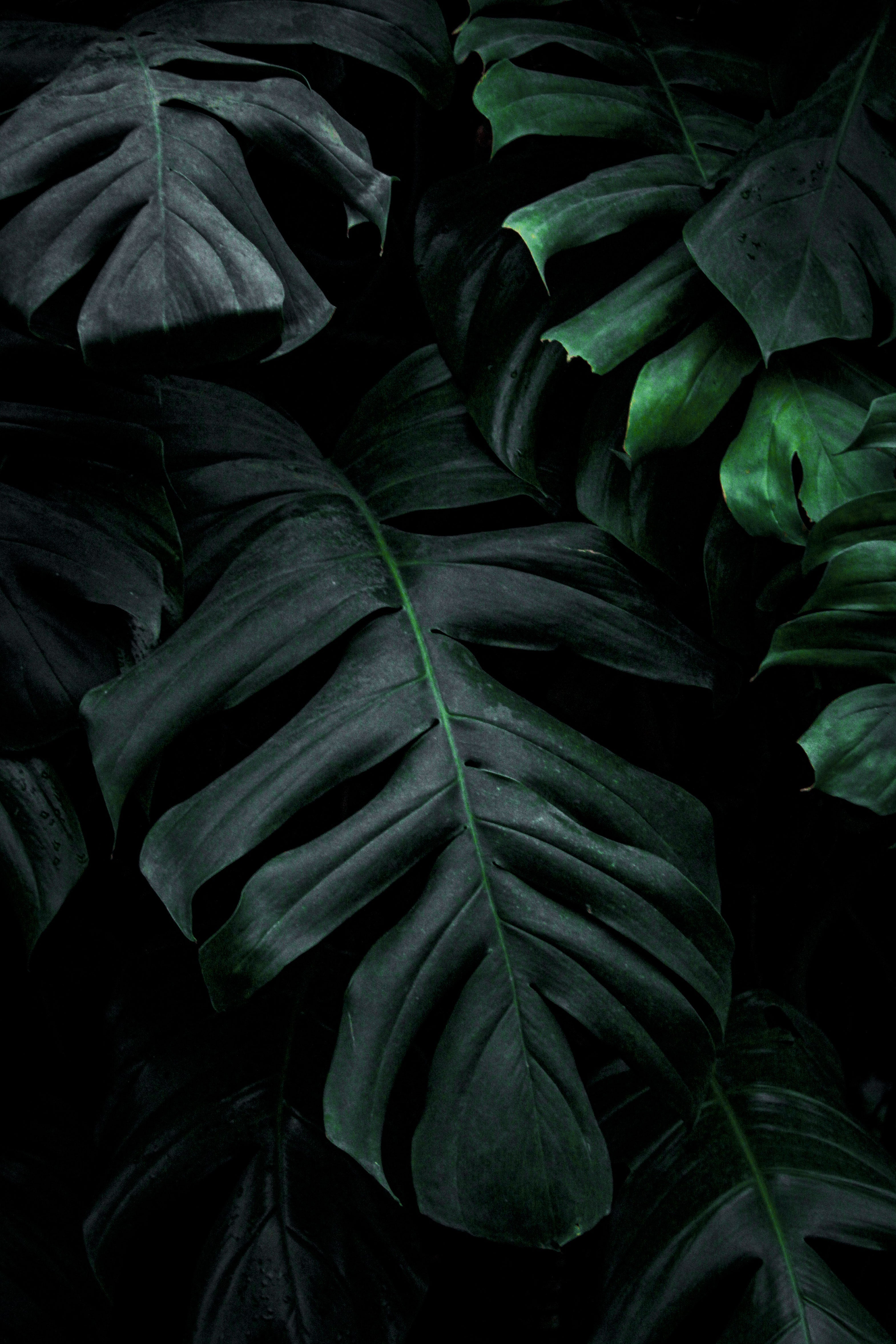
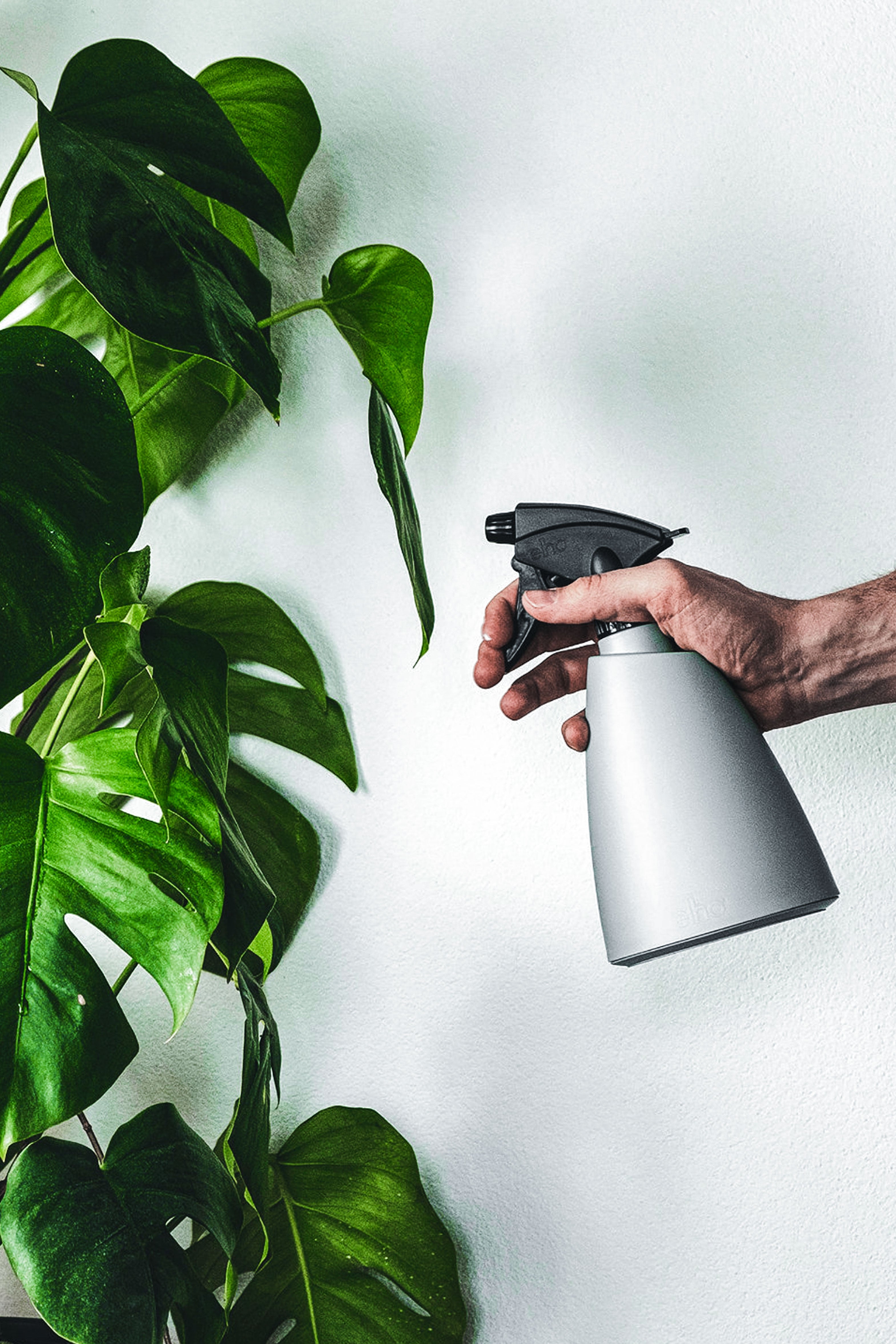
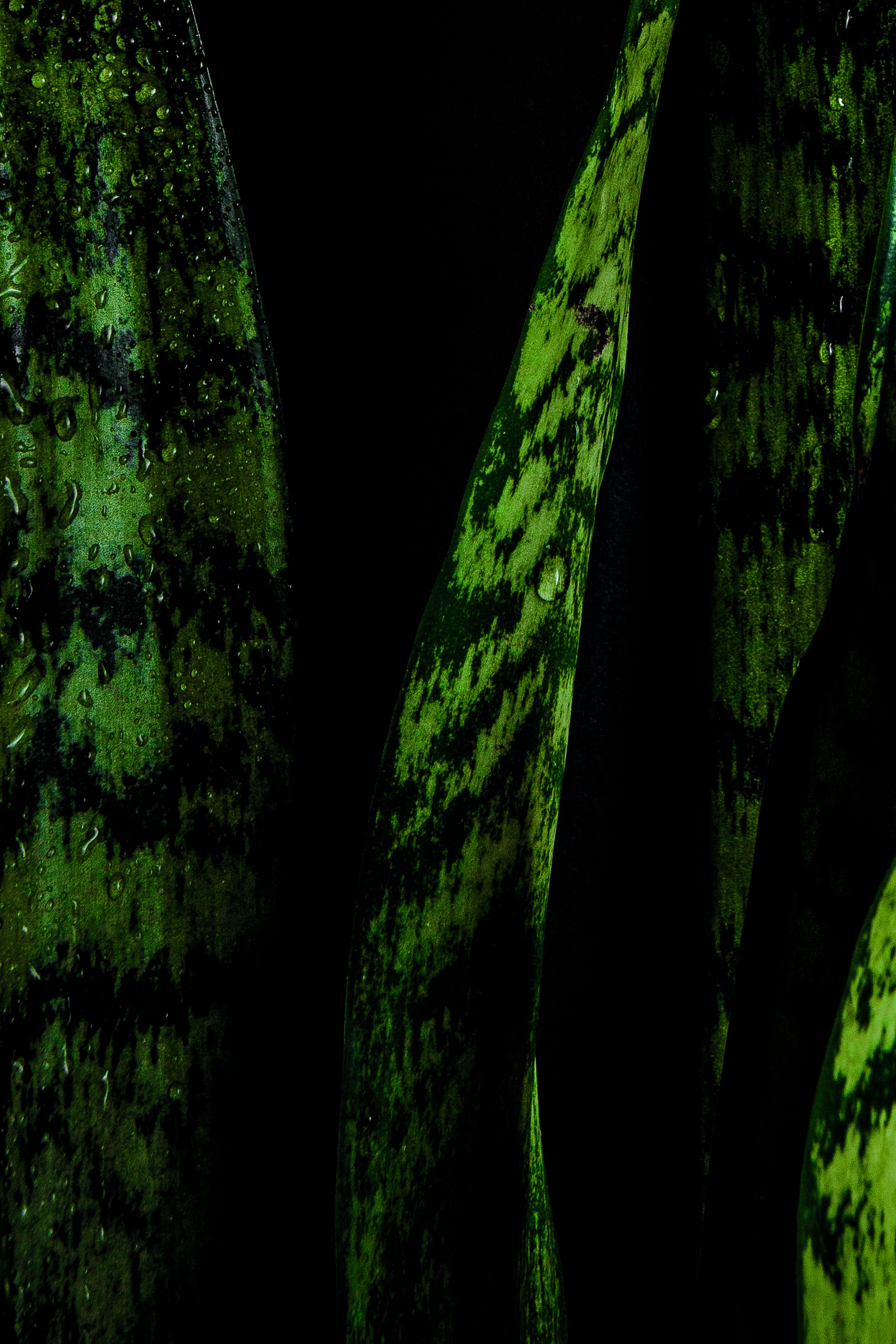
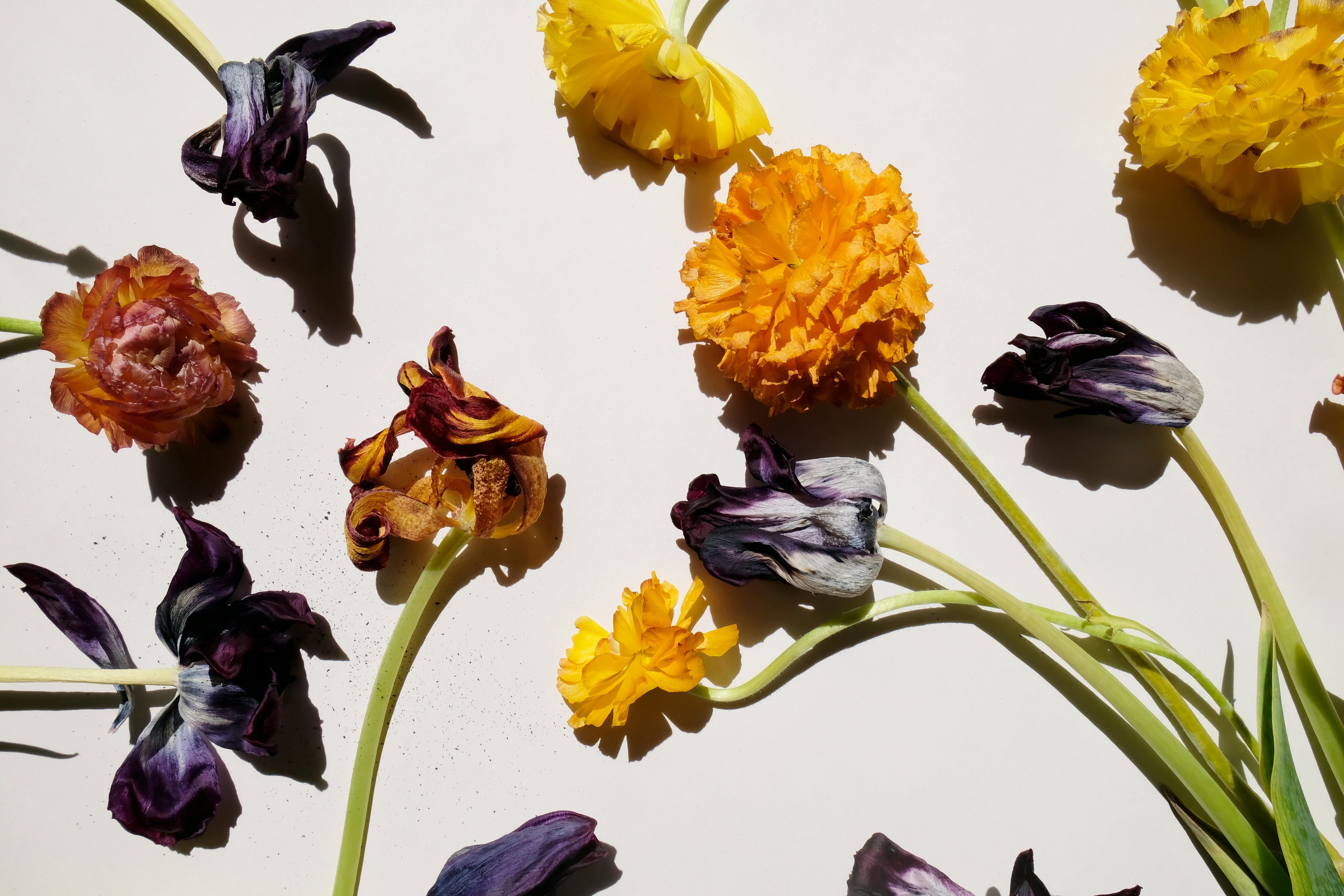
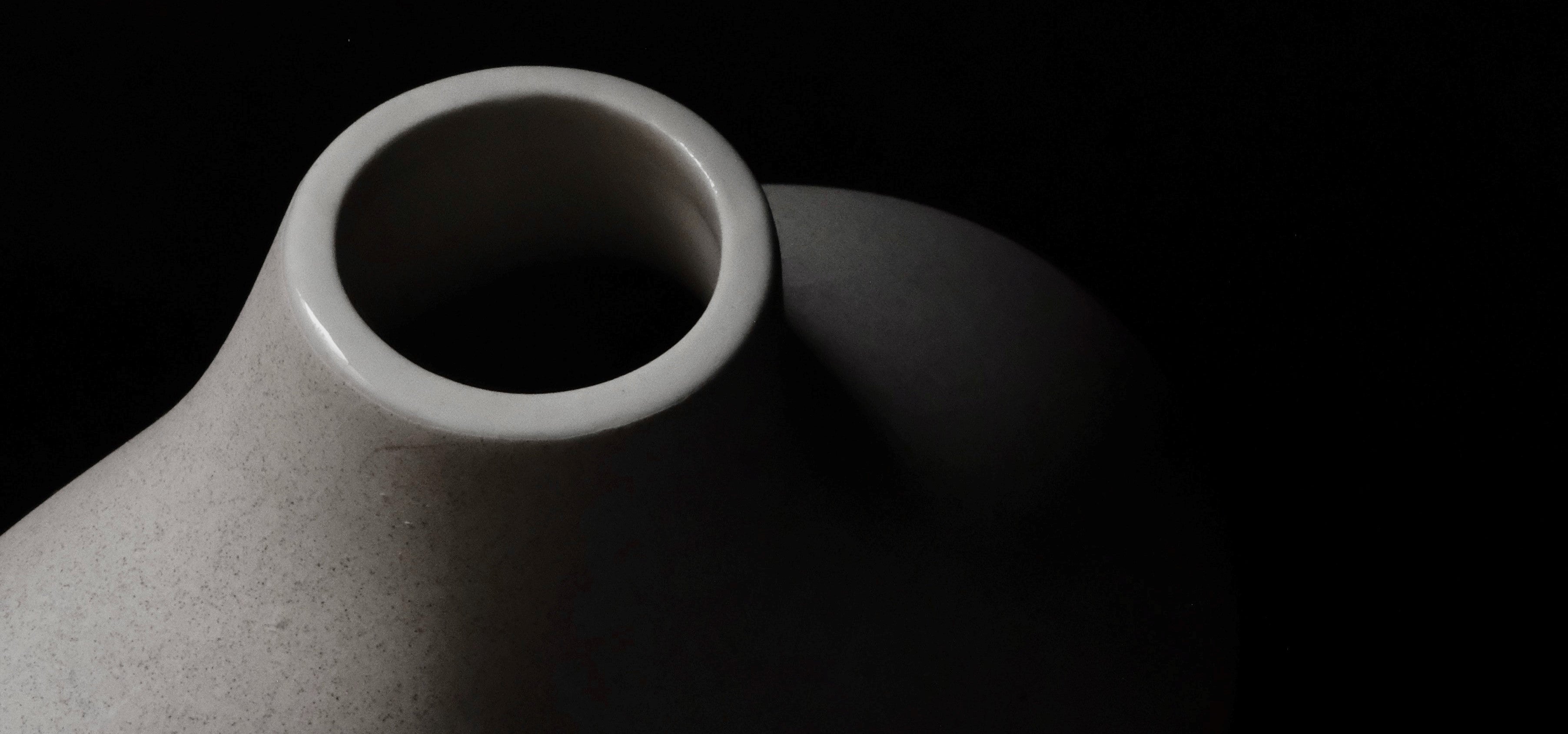
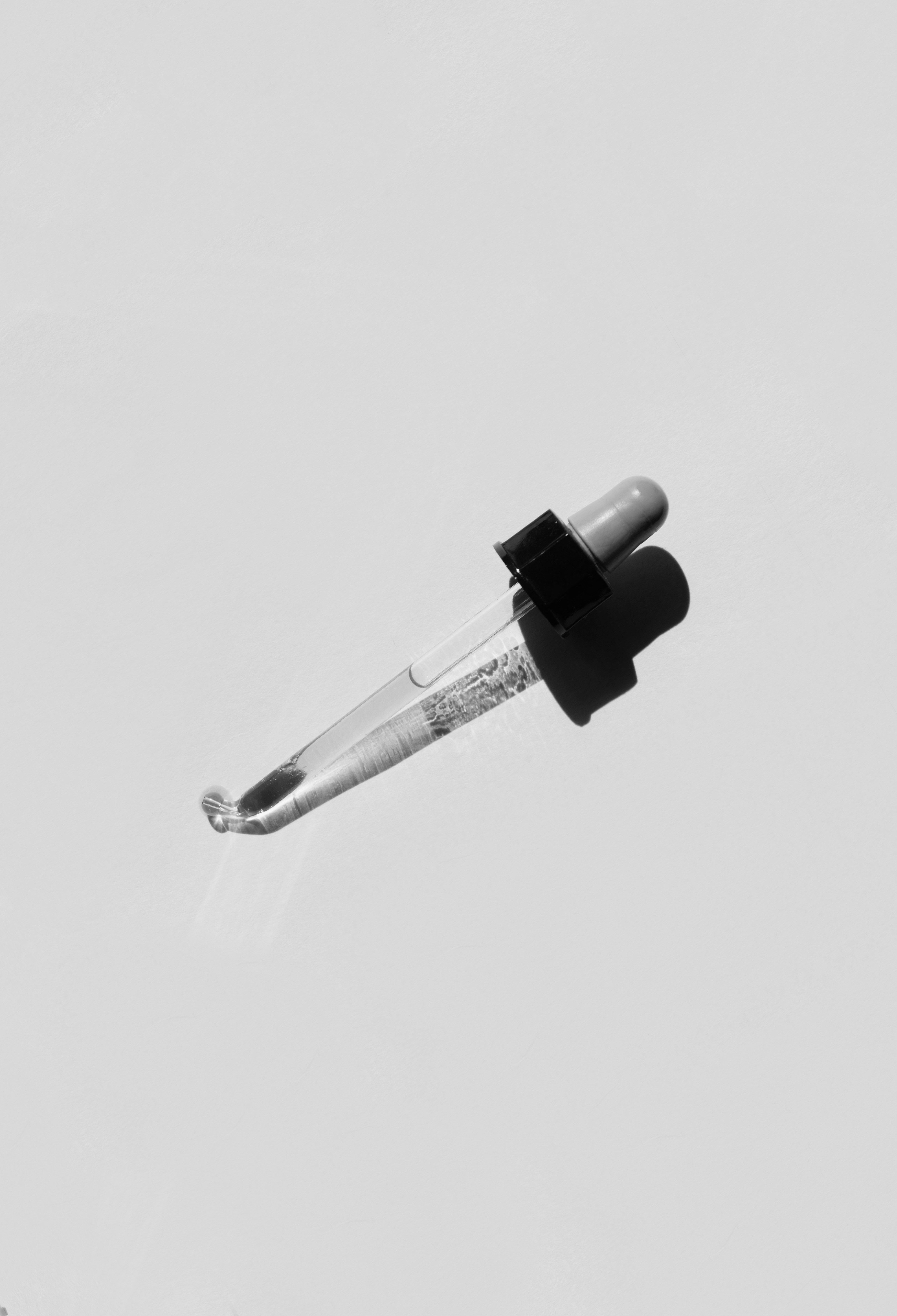
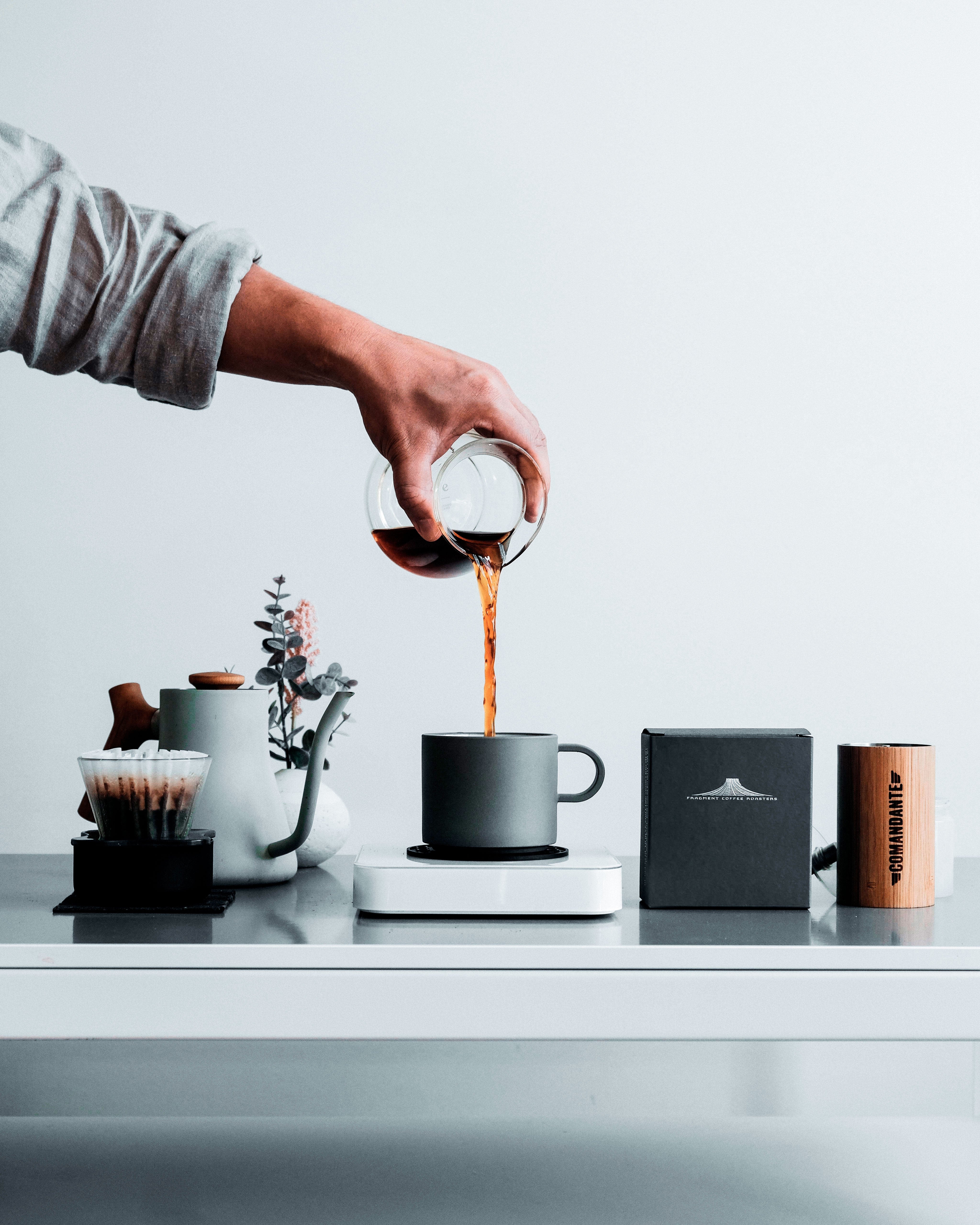

Leave a comment